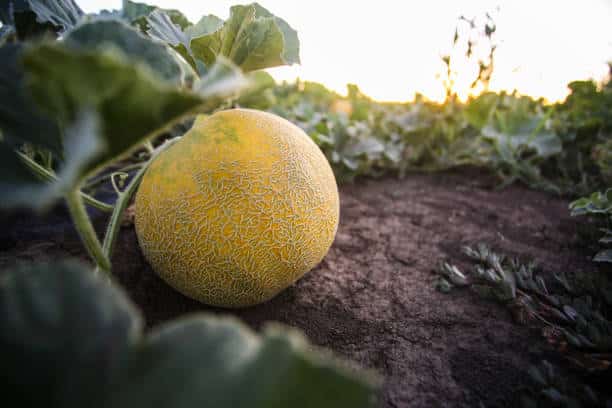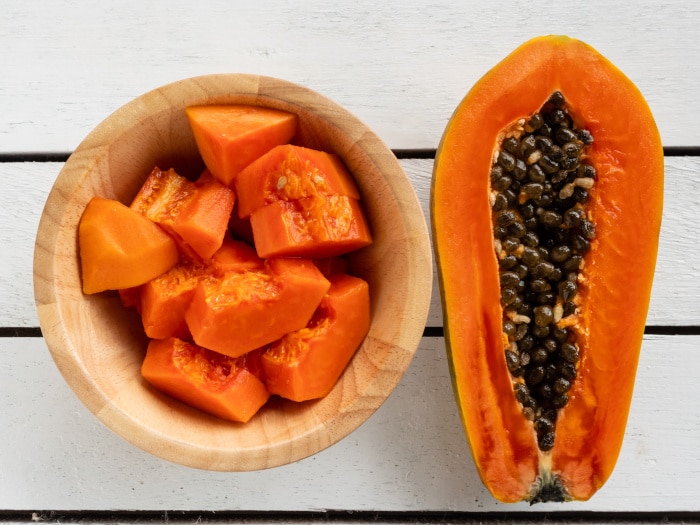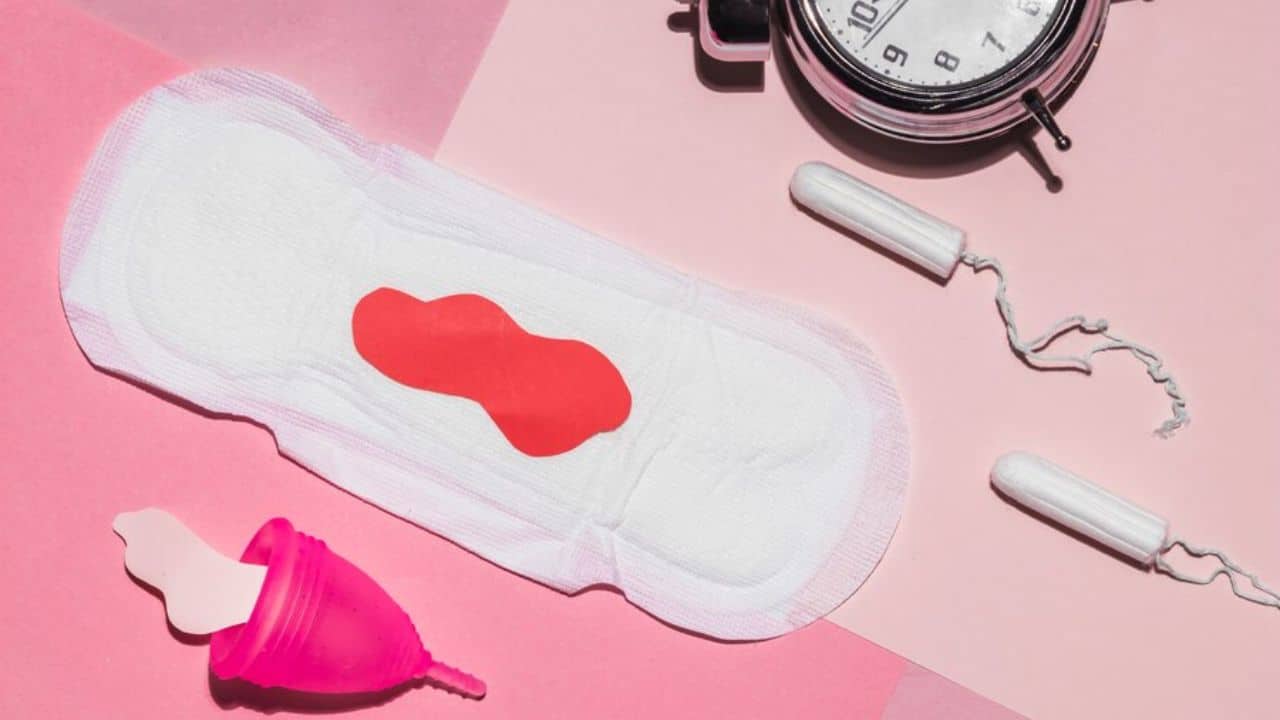With its sweet and succulent orange flesh, Cantaloupe is a delightful addition to any fruit bowl or summer salad. However, choosing the perfect Cantaloupe can be tricky for the uninitiated. Fear not! This article aims to equip you with the skills needed to confidently select a ripe cantaloupe, ensuring a flavorful and enjoyable eating experience.
How to Tell if Cantaloupe is Ripe
#1. Color:
One of the most apparent indicators of a ripe cantaloupe is its color. A ripe cantaloupe typically has a golden hue, transitioning from green to beige or yellow. Avoid fruits with a greenish tint, as they are likely underripe. The skin should also have a slightly coarse texture, signaling that it has matured and developed its characteristic netting.
#2. Texture:
Gently press the ends of the Cantaloupe. A ripe cantaloupe should yield slightly to pressure, indicating soft and juicy inside. However, it should not feel overly mushy or have significant weak spots, which may indicate overripeness or spoilage.
#3. Aroma:
The fragrance of a cantaloupe can be a telling sign of its ripeness. Hold the fruit close to your nose and take a whiff. A sweet and aromatic scent is indicative of a ripe cantaloupe. The fruit may not be complete if it lacks a distinct aromamature.
#4. Weight:
A ripe cantaloupe should feel heavy for its size. This indicates that it is filled with juice, a key component of its sweet flavor. Lift the Cantaloupe and compare it to others of similar size; the heaviest one is likely to be the ripest.
#5. Sound:
Give the Cantaloupe a gentle tap with your knuckles. A ripe cantaloupe will produce a deep, hollow sound. The fruit may not be ripe if the sound is dull or flat. This method may require a bit of practice, but over time, you’ll become adept at distinguishing the subtle nuances in sound.
#6. Uniform Ripening:
Examine the overall uniformity of the color on the Cantaloupe’s surface. A ripe cantaloupe should have consistent coloring all around. If you notice significantly lighter or darker areas, the fruit may not have ripened evenly.
#7. Blossom End:
Check the blossom end (opposite the stem end) of the Cantaloupe. It should yield slightly when pressed, indicating ripeness. The fruit may not be ready to eat if it feels firm or hard.
Frequently Asked Questions
Look for a golden hue with beige or yellow undertones. Avoid greenish tones, and ensure the skin has a slightly coarse texture.
Gently press the ends of the Cantaloupe. It should yield slightly without feeling mushy or having significant soft spots.
A sweet and aromatic scent near the stem end suggests ripeness. The Cantaloupe may not be fully ripe if there’s no distinct fragrance.
Absolutely. A ripe cantaloupe should feel heavy for its size, indicating juiciness. Compare weights among similar-sized fruits to find the ripest one.
Tapping produces a deep, hollow sound in a ripe cantaloupe. A dull or flat sound may suggest the fruit is not yet mature.
Conclusion
Mastering selecting a ripe cantaloupe involves engaging multiple senses and paying attention to subtle cues. You can confidently choose a cantaloupe that promises sweetness and juiciness with every bite by considering color, texture, aroma, weight, sound, and overall uniformity. So, the next time you’re at the grocery store or farmers’ market, apply these tips to ensure you bring home the perfect Cantaloupe for a delightful culinary experience.
References
- southernliving.com: How to tell if Cantaloupe is ripe.
- cooking.stackexchange.com: How to know if Cantaloupe is ripe.






